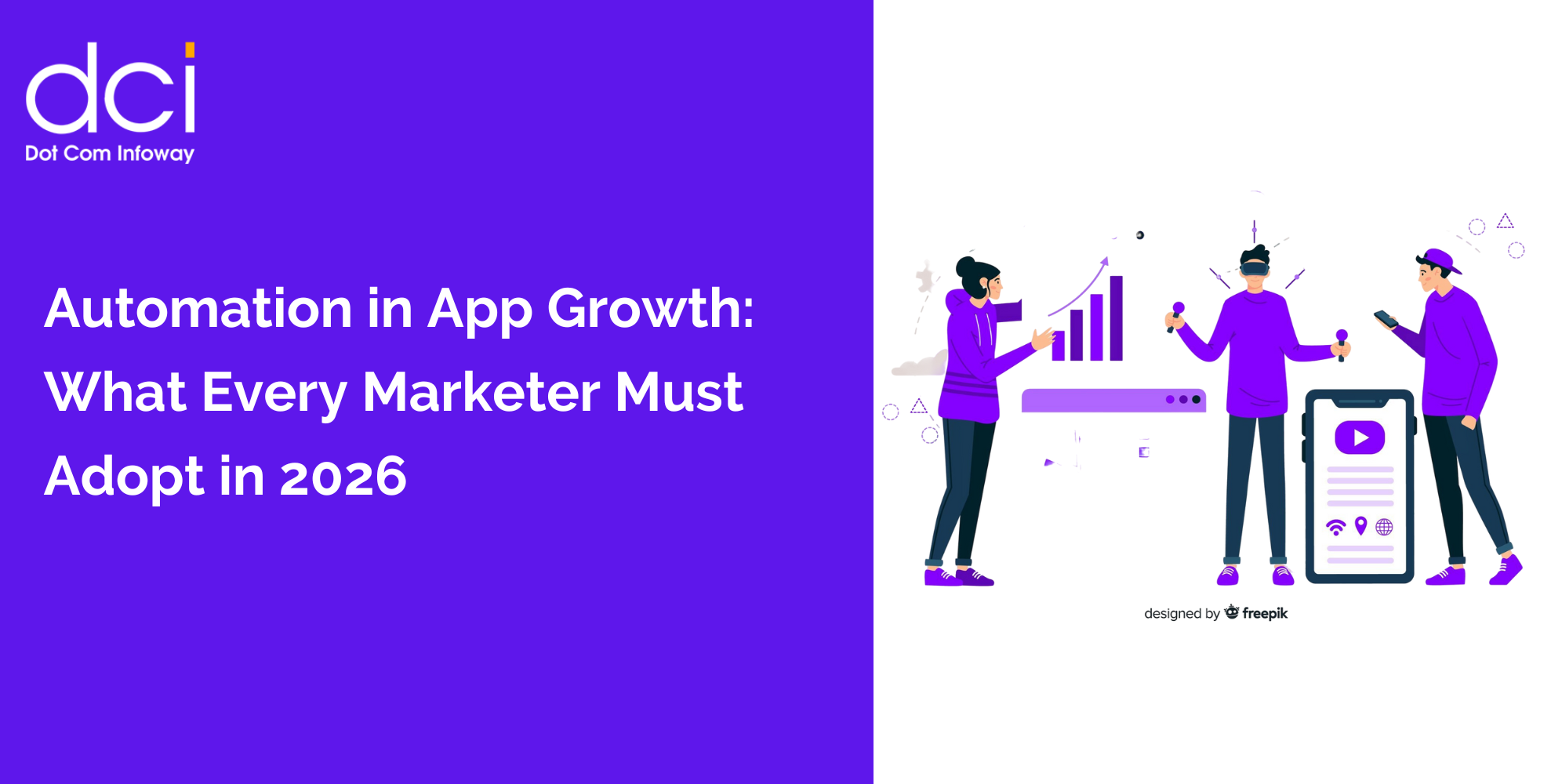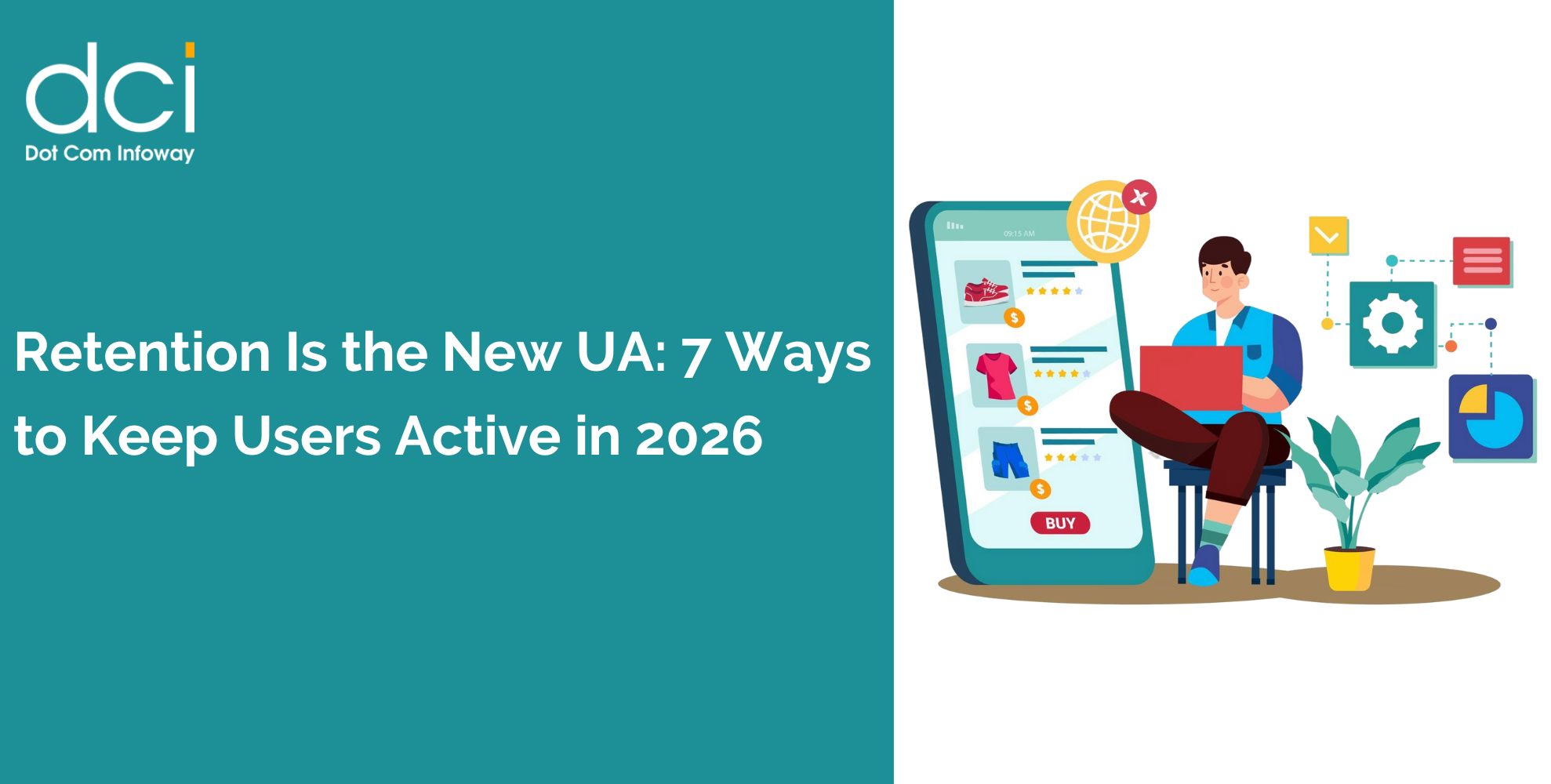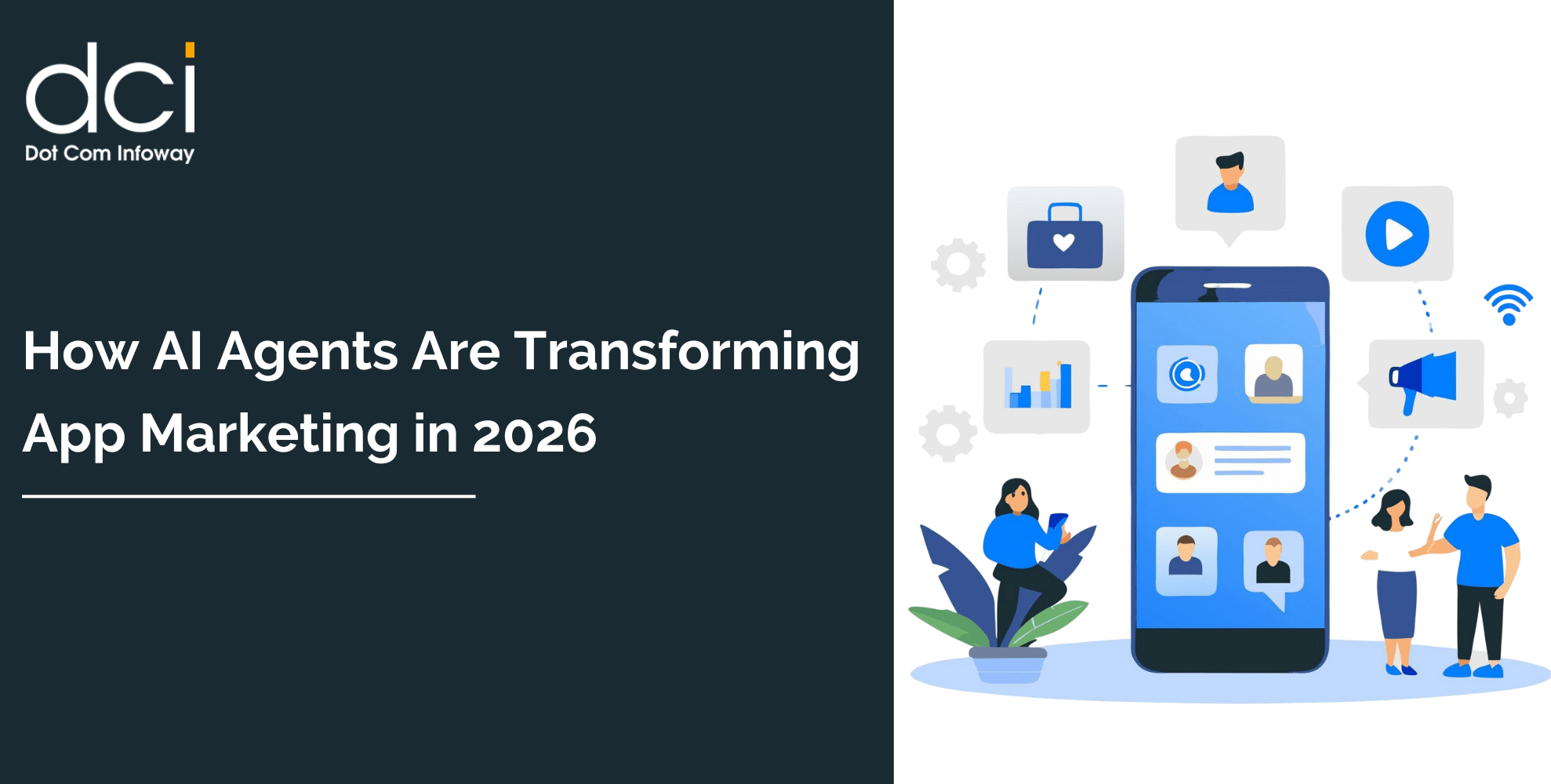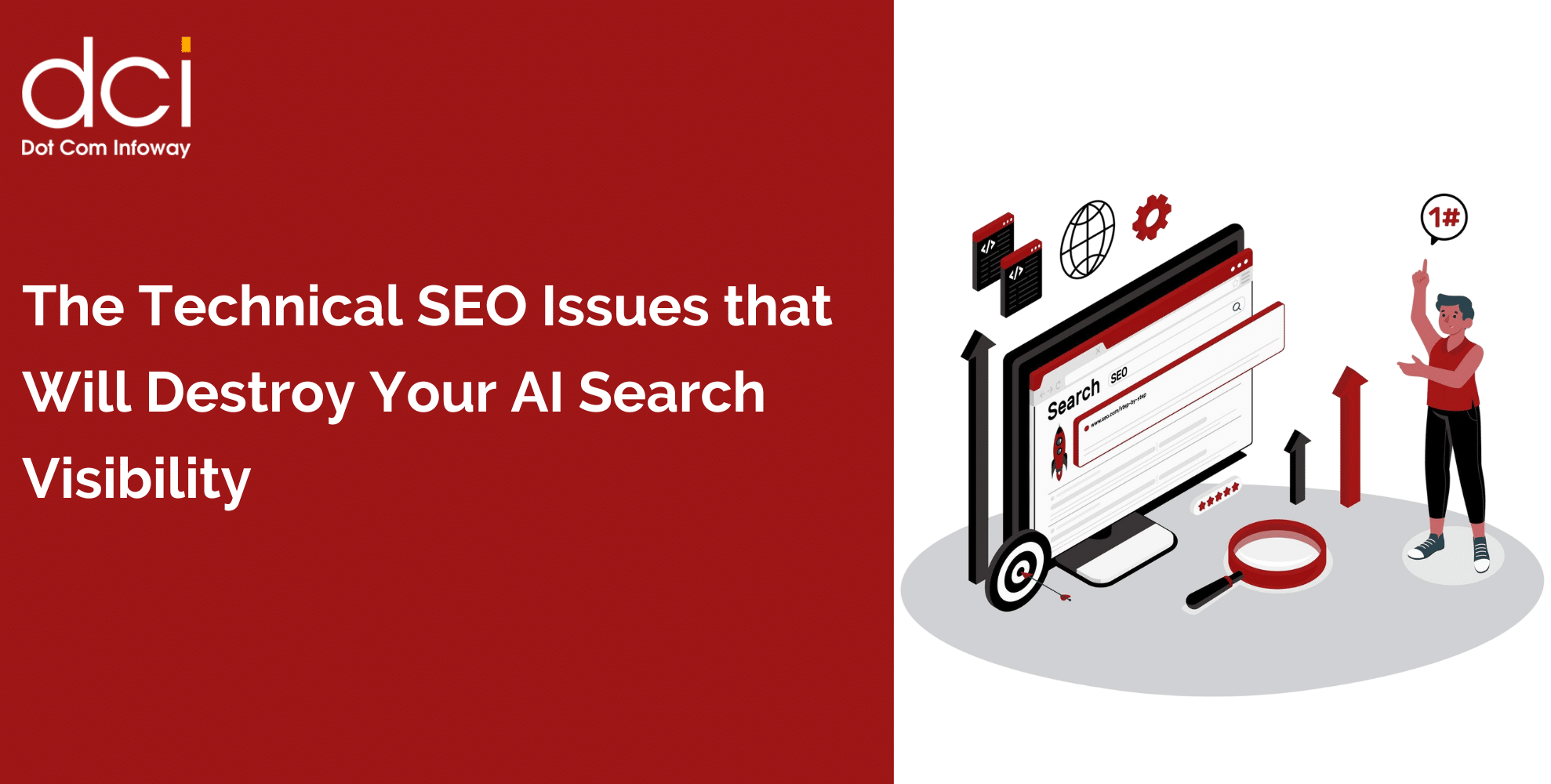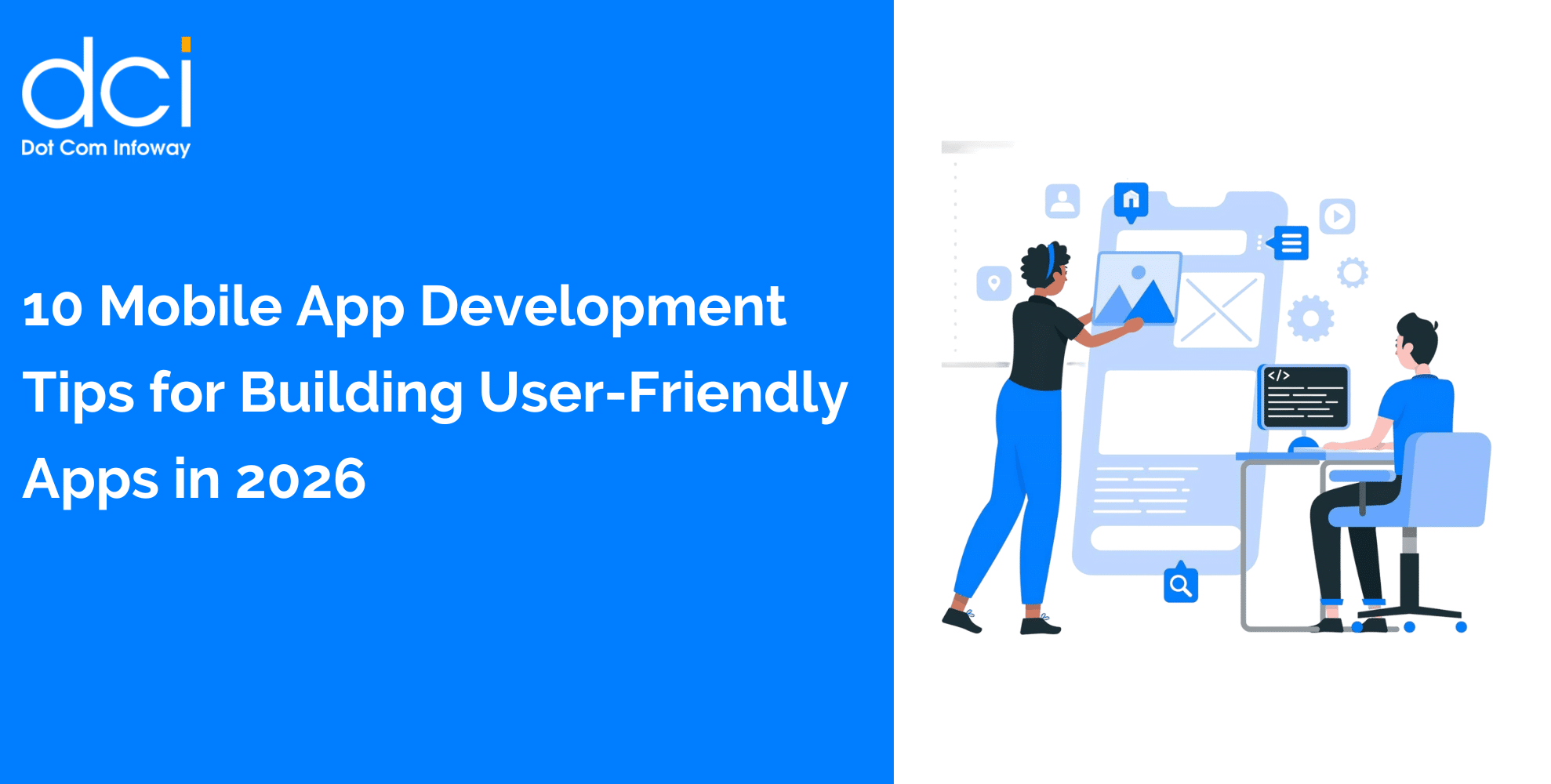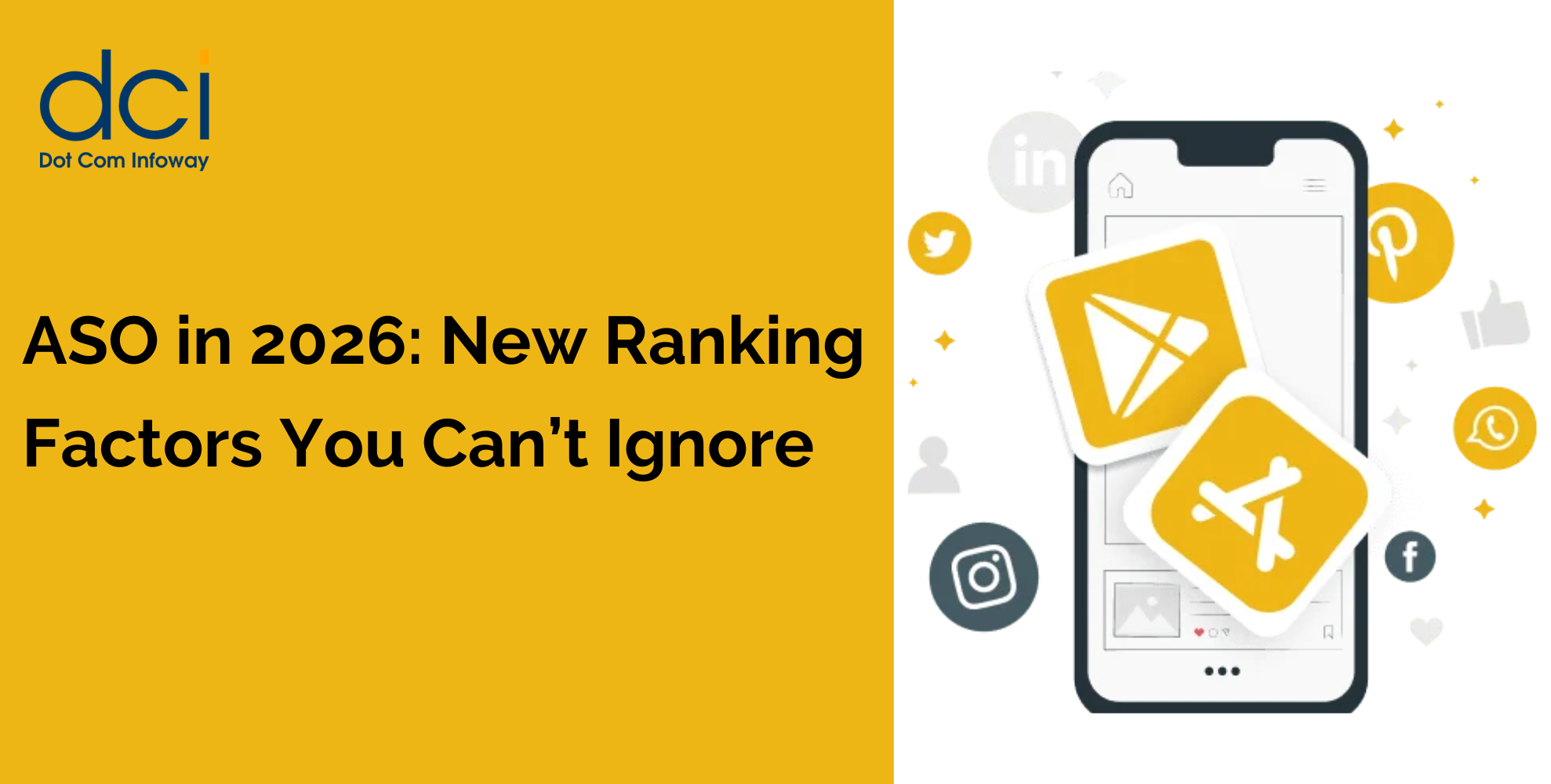Optimizing On-Page SEO for Your SaaS Website
SEO for SaaS businesses is all about ranking higher in search engine results, particularly for relevant, high-intent keywords related to your software offering. When done right, SEO can bring in consistent organic traffic from people who are actively searching for solutions like yours.
At its core, SEO aims to make your website more accessible and attractive to search engines like Google. To achieve this, you need to optimize both on-page and off-page elements of your website. This includes your website’s content, structure, technical SEO, and gaining backlinks.
For SaaS businesses, SEO can attract potential customers at various stages of their buying journey, from awareness to consideration, and ultimately, decision-making.
Keyword Research for SaaS SEO
Before you even think about optimizing your content, it’s crucial to perform comprehensive keyword research. For SaaS companies, the goal is to identify keywords with high search volume that are also highly relevant to your target customers.
Focus on identifying long-tail keywords that capture specific customer intent. These keywords typically attract high-quality traffic because they reflect users who are further along in the sales funnel. For example, rather than targeting a broad term like “CRM software,” target more specific phrases like “best CRM for small business.”
Tools like Google Keyword Planner, SEMrush, and Ahrefs can help uncover valuable keywords for your SaaS website. Once you’ve identified your target keywords, strategically place them in your content, headers, and meta descriptions to improve your search engine rankings.
Optimizing On-Page SEO for Your SaaS Website
When it comes to on-page SEO, there are several key elements that SaaS companies should focus on:
Title Tags and Meta Descriptions: Ensure your title tags are clear, concise, and contain your target keywords. Similarly, write compelling meta descriptions that provide users with a reason to click through to your page.
Content Optimization: Create high-quality, keyword-rich content that addresses your audience’s pain points. SaaS businesses often benefit from educational content like blogs, case studies, and how-to guides that explain how your software can solve specific problems.
Internal Linking: Use internal links to guide visitors through your website, ensuring they find relevant content. This not only enhances the user experience but also helps search engines understand your website’s structure and hierarchy.
Mobile Optimization: With more users browsing from mobile devices, ensure your website is responsive. Google uses mobile-first indexing, so a mobile-friendly site is crucial for both SEO and user experience.
Page Load Speed: A slow website can increase bounce rates and reduce conversions. Use tools like Google PageSpeed Insights to assess and improve your site’s loading speed.
Optimizing On-Page SEO for Your SaaS Website
Content marketing is one of the most effective ways to use SEO to attract leads. As a SaaS business, your content should aim to educate and engage visitors, turning them into potential leads. Here’s how:
- Educational Blog Posts: Write blog posts addressing common questions, problems, and concerns that your target audience has. These posts can rank for long-tail keywords and help position your SaaS business as an expert in the industry.
- Customer Case Studies: Showcase real-world examples of how your software has helped other businesses. Case studies can be persuasive, providing tangible proof of the effectiveness of your solution.
- Video Content: Consider creating video tutorials, product demos, or customer testimonials. Video is a great way to explain complex concepts in an easily digestible format, and it can also improve your SEO.
- Landing Pages for Lead Generation: Design landing pages optimized for conversion, using clear calls to action (CTAs) like “Start Free Trial” or “Request a Demo.” These pages should be highly targeted and align with specific keywords, so they rank for relevant searches.

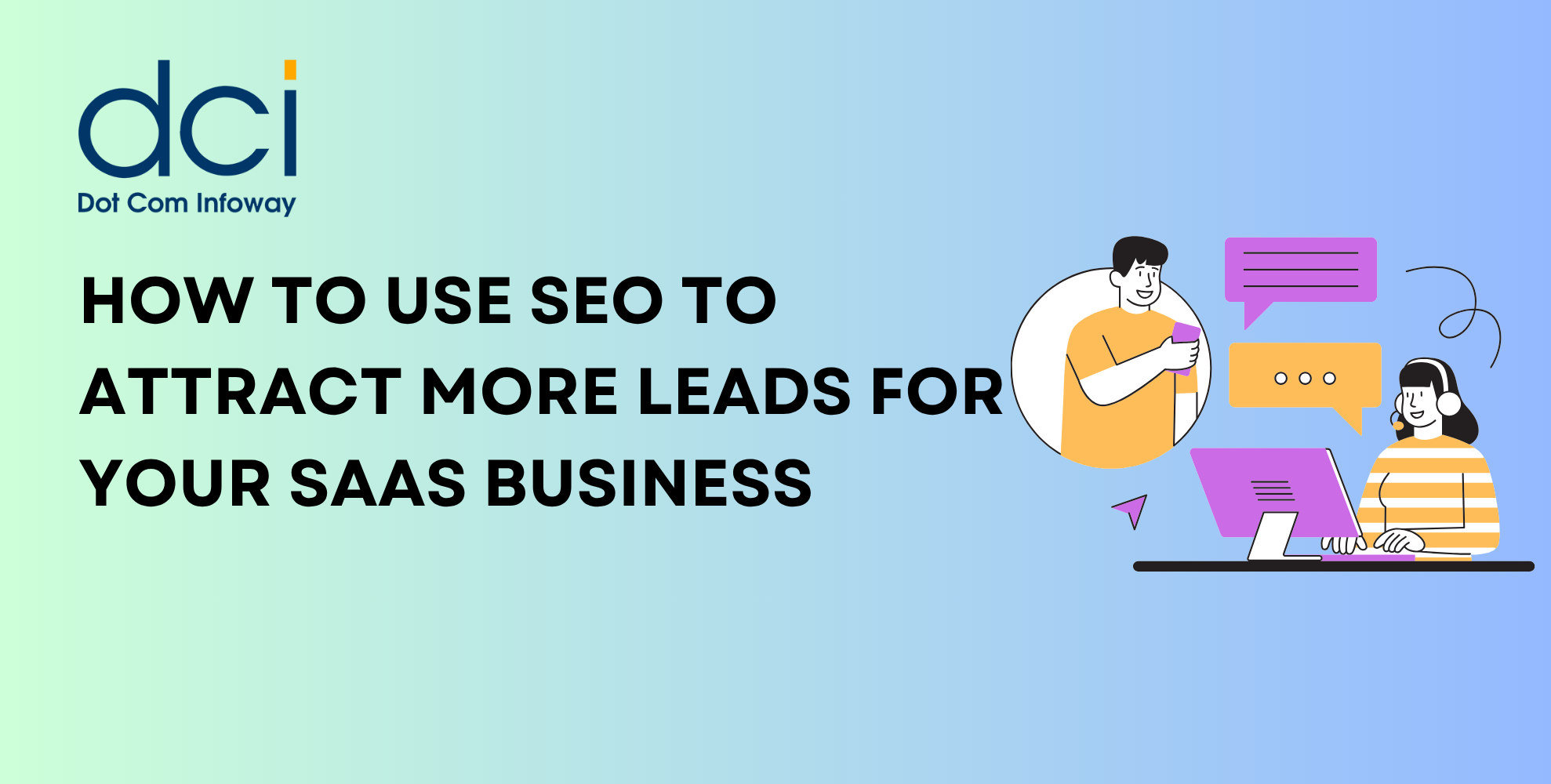



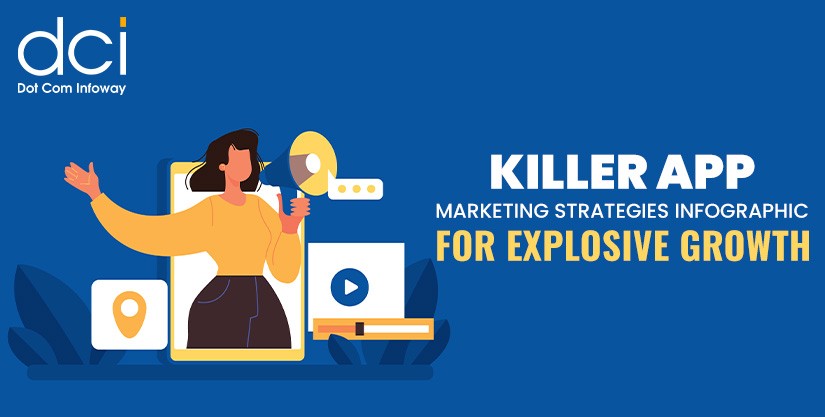

![The Game Marketing Guide: Pre and Post-Launch Strategies [Infographic]](https://www.dotcominfoway.com/wp-content/uploads/2023/09/DCI-Game-Marketing-blog-1.jpg)
